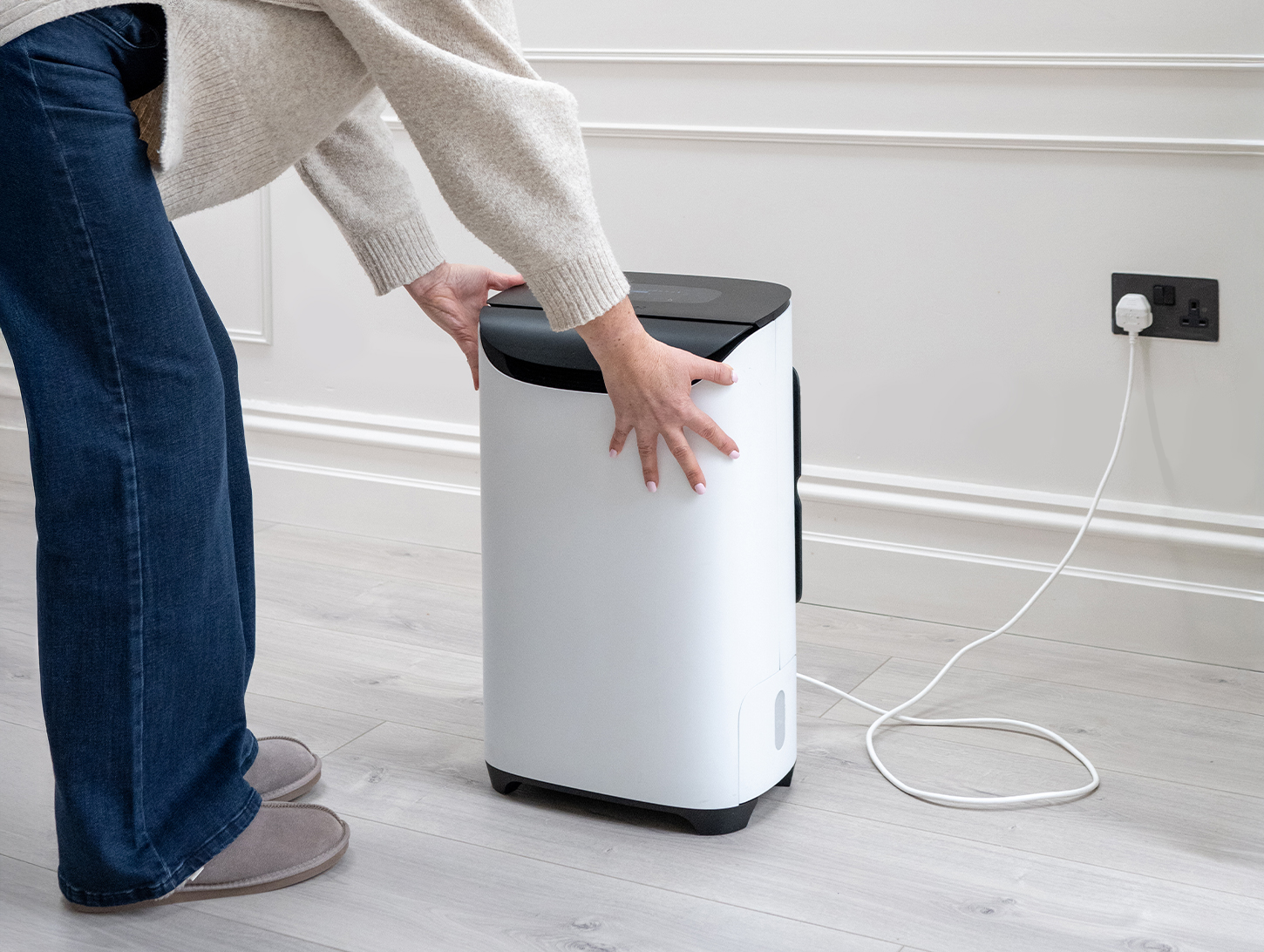In Britain we tend to use our dehumidifiers mostly in the winter and then put them away in the spring, but this is the completely wrong approach to take.
Relative humidity is a funny one, it effects all of our houses to a lesser or greater extend through increased heating bills, condensation, mould, health issues and dimensional change to our organic materials (i.e. doors jamming can be down to relative humidity). But with the exception of condensation we cannot see any of these problems and until they become extreme we cannot feel any of these problems, so we do not act on them.
Purchases of dehumidifiers increase massively when people see condensation on their windows in the winter, we will sell a 100 times more dehumidifiers between September and March than we will sell throughout the rest of the year, but it is actually now, in summer, when the relative humidity is most likely to cause problems.
In the winter the air outside is cold and when it comes into the house it is warmed up by our central heating which has the effect of drying the air. The condensation that forms on the windows is actually mostly a result of the moisture that we produce in the house on a daily basis through washing, cooking and drying clothes indoors. It is because the windows are cold that condensation forms on them.
Right now in June, Britain is experience some very damp weather with an average outside

temperature around the mid teens. Most people have their central heating turned off right now so there is no significant warming of the air when it comes into our houses; windows are also more likely to be open right now than they would be in the winter so there is a greater air exchange going on with outside.
If the outside air temperature is 15°C and 80%rh and comes into a house that is around 20°C then the fresh air will be dried down to 60%rh. Mould grows at 68%rh and therefore it would only take a small addition of moisture from within the house or the air at 20°C and 60%rh to come into contact with a cold spot on an outside wall (which would increase the relative humidity figure from 60%rh to at least 68%rh) and you have the perfect conditions for mould growth. You can see that it is far easier for mould to grow in the summer than it is in the winter.
Data from the BBC here http://www.bbc.co.uk/weather/2643743 show the average relative humidity and temperature for London throughout the year. You will see that the outdoor relative humidity is highest in the winter months but the figures in the summer are still very close to the mould growth point and with the central heating off we need a dehumidifier to prevent mould growth.
The problem with all this though is that we cannot see any of this happening and it is difficult to feel changes in relative humidity as well. Changes in temperature we are quite good in spotting but we only tend to notice the very extremes of relative humidity, whether it be very high or low on the scale.
Once the mould has grown it will be starting to create spores and those with allergies may well be starting to feel unwell. Cleaning it off the surface is all well and good but it will probably come back quite quickly and if it has grown on an organic material like your clothes, paper or timber then removal can be more of an issue.
So if you have put your dehumidifier away for the summer then do as I do, put it back in place, turn it on and trust in it’s humidistat and let it decide when to work and when to sleep.






